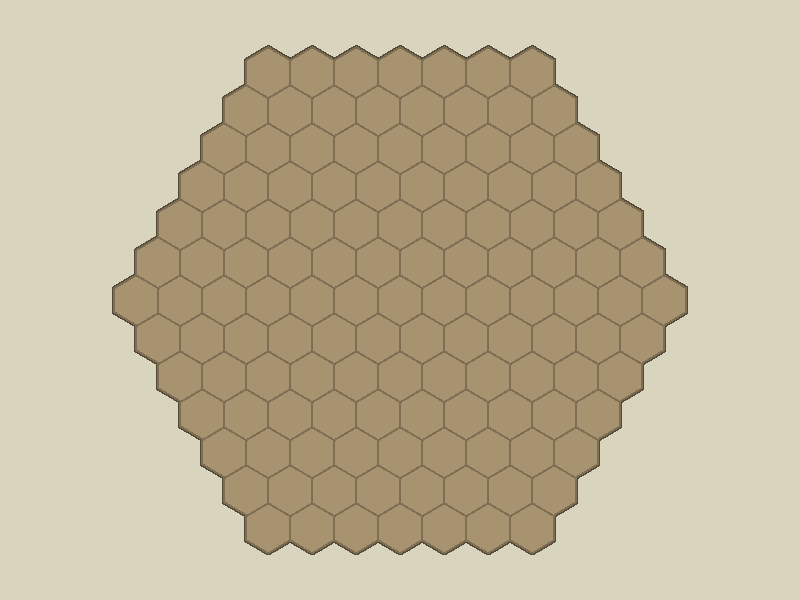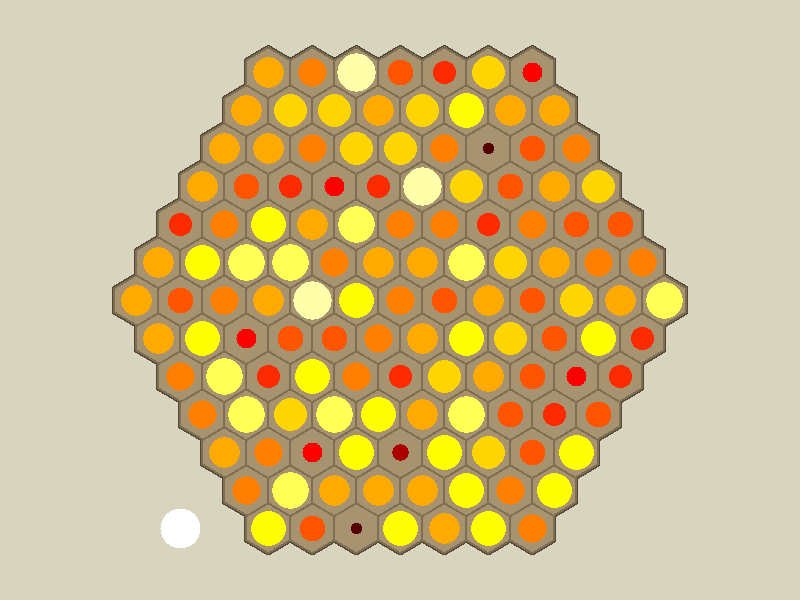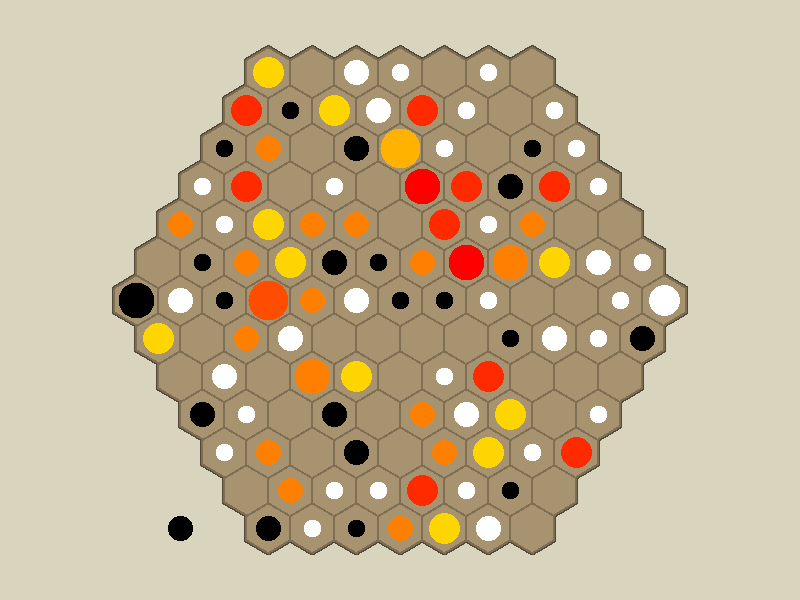Rules

Representative game (in the sense of being of mean length). Wherever you see the 'representative game' referred to in later sections, this is it!
Definitions
Two adjacent same-colour stones, or a stone and an adjacent empty point, are linked if there is another point adjacent to both that is not occupied by the other colour. Two adjacent empty points, on the other hand, are always linked.
A group is a stone together with all other stones one could reach from it through a series of steps between linked stones. Since only same-colour stones are linked, all stones in a group are the same colour.
A liberty of a group is an empty point linked to at least one stone in that group.
Similarly, a territory is an empty point together with all other empty points one could reach from it through a series of steps between linked empty points. You own a territory if all stones linked to points in that territory are of your colour.
Play
Black plays first, then turns alternate. On your turn, you must pass or place a stone of your colour on an empty point. After a placement, remove all enemy stones in groups without liberties. After all removals, the stone you placed must be part of a group with at least one liberty, and the current board position must be different from the board positions at the end of all your previous turns. Otherwise, your placement is illegal.
The game ends when both players pass in succession. The player with the higher score in the final position wins. A player's score is the number of stones of their colour on the board, plus the number of points in their territories, plus a komi in the case of White. The button may be used to break ties.
Komi and button
The komi is the number of points which is added to White's score at the end of the game as a compensation for playing second. Before the game starts, the first player chooses the value of komi, and then the second player chooses sides. Alternatively, both players may just agree on a value. To avoid ties, it is suggested to either set komi to half a point higher than a whole number (like 6.5) or to use a whole value along with the button.
The button is a special token which is placed next to the board at the start of the game. On your turn, if neither player has taken the button yet, you may not pass, but you may take the button instead of making a board play. At the end of the game, a half point is added to the score of the player who has taken the button. When checking for repetitions, two identical board positions are still considered different if the button had already been taken in one of them but not in the other.





